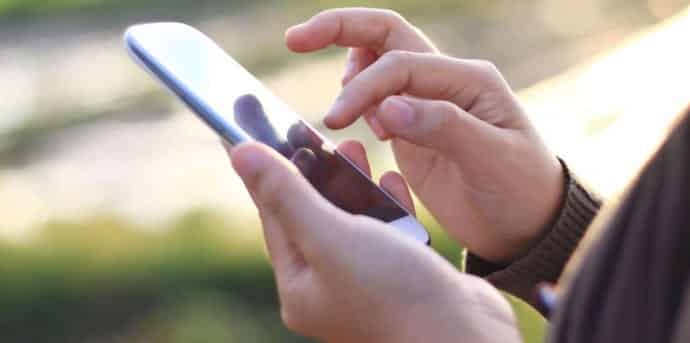Court says police cant peek at your smartphone screen leave alone searching it, without a warrant
The Supreme Court in a key decision back in 2014 had ultimately concluded that police when making an arrest would require a warrant to search someone’s smartphone.
The case in question, Riley v. California, was a major privacy victory. Now, it’s being deduced by a federal court in Illinois that even opening a smartphone to have a look at the screen would be considered as a “search” and needs a warrant.
The Illinois case involves a sting operation that ensnared Demontae Bell, an alleged drug dealer charged for illegally possessing an AK-47 assault rifle. While questioning Bell, an officer testified that he pulled out a seized flip phone and opened it, disclosing a picture of the rifle, which Bell had set as his home screen’s wallpaper. This was then used as a base for a warrant to search Bell’s phone for metadata about when and where the photo was clicked. The officer stated that he had opened the phone so that he could turn off the phone.
However, the judge ruled last Wednesday that police have no right to open a suspect’s phone and look at the screen without first getting a warrant, even if it means to just switch off, as the Riley case clearly stated by doing so is a “search” under the Fourth Amendment.
“Officer Sinks’ opening of Bell’s cell phone exceeded a ‘cursory inspection’ because he exposed to view concealed portions of the object—i.e., the screen,” wrote Judge James E. Shahid. “[B]ecause Officer Sinks had to manipulate the phone to view the picture on the screen, that picture was by definition not in ‘plain view’.”
This implies that police would not be allowed to turn on the screen of the phone and look for convicting notifications or messages without a search warrant, even if your device is not locked with a passcode.
However, the Supreme Court did say there are “exigent circumstances” for allowing warrantless searches, which includes stopping destruction of evidence (avoiding the phone from getting a remote wiping command) and forthcoming fears to officer safety (for instance, to check if there’s a razor blade buried in the phone’s case).
“Yet neither the government’s response, nor the warrant affidavit, asserted that the officer in this case opened Bell’s cell phone out of concern for officer safety or preservation of evidence,” Judge Shahid wrote. Thus, “The search of Bell’s cell phone violated the Fourth Amendment prohibition against unreasonable searches and seizures.”
On the other hand, the judge refused Bell’s motion to suppress proof from the illegal search, stating that based on other testimony given about Bell’s illegal rifle, “the photo would have ultimately been discovered.”
Source: Motherboard

